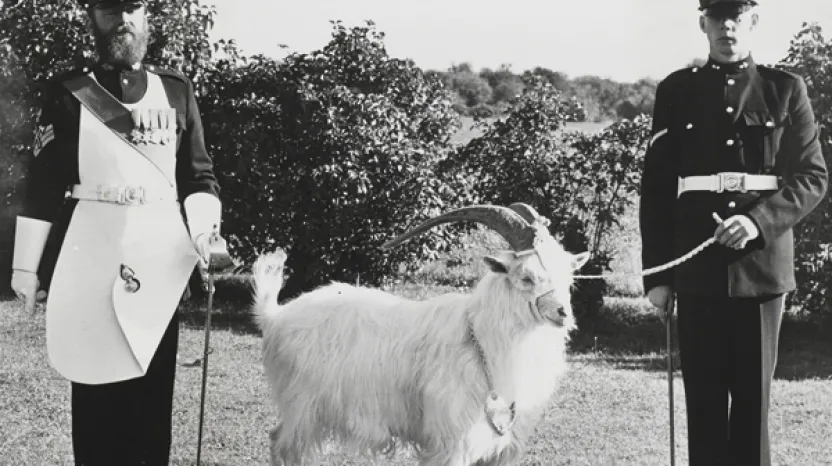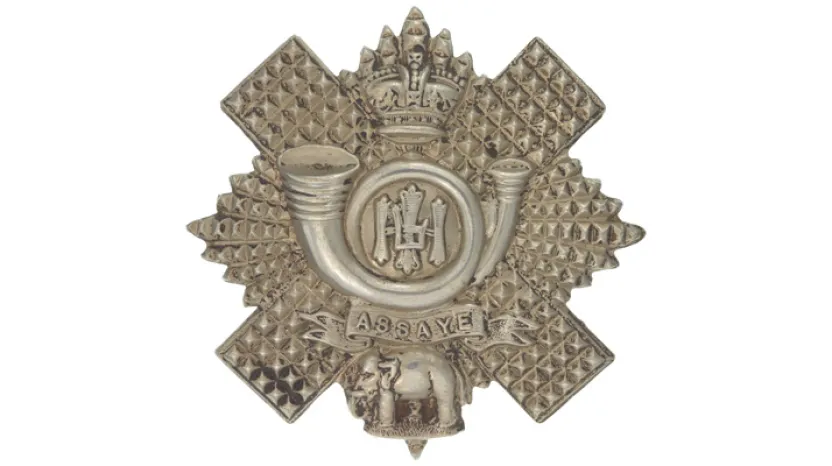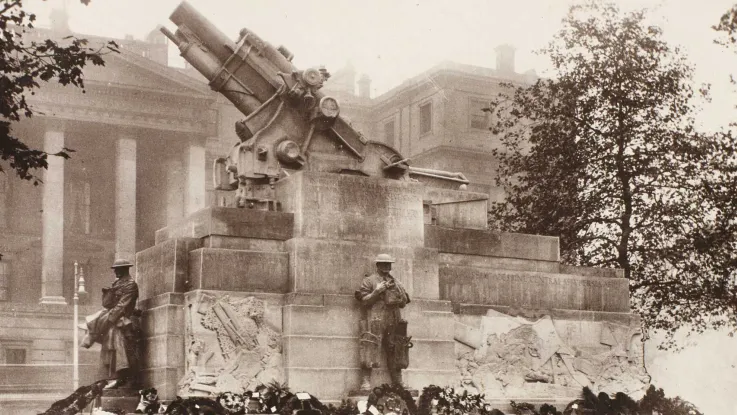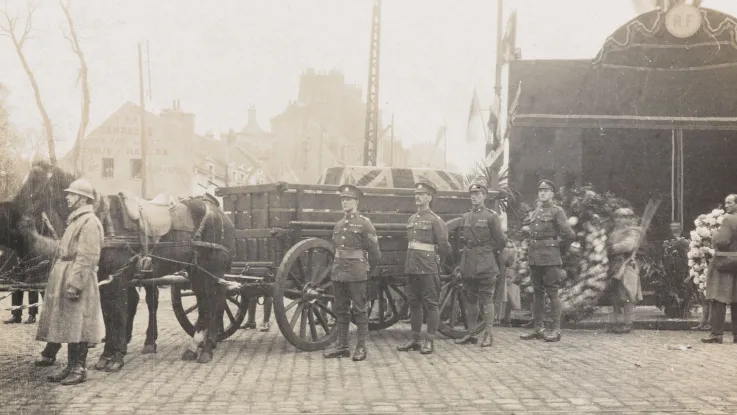Explore
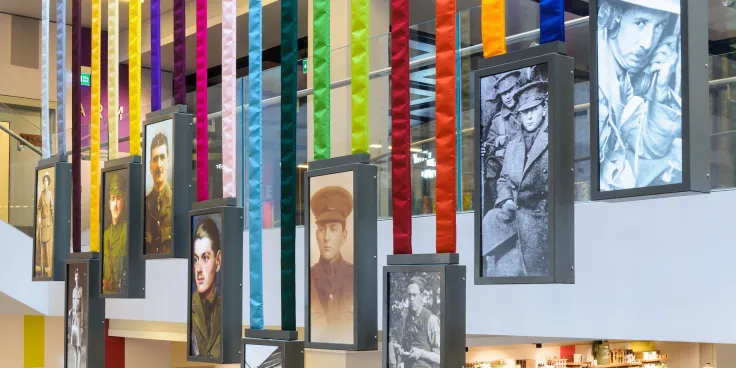
Army Structure
Medal ribbons
The colours of medal ribbons carry symbolic meanings, drawing on deep-rooted traditions in military history and heraldry. This symbolism is an important part of medal design.
Explore by theme


